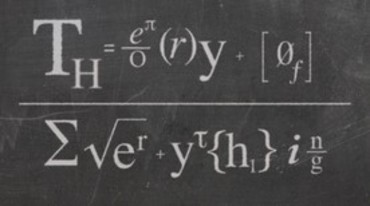The Key to “The Theory of Everything”

If you are a science geek, then you probably already know about Einstein’s theory of general relativity and the standard model. So, what are the theory of general relativity and the standard model? For those who like to spend their time not reading about science stuff, and like to actually have fun in their free time, the theory of general relativity states that gravity interacts with space and time to form the world around us. The standard model works on the quantum level. According to this, all matter is made up of building blocks called elementary particles. So, all of the matter can be broken down into atoms and subatomic particles (protons, electrons, neutrons). In short, there are 12 basic building blocks of the universe: six quarks, and six leptons. Then there are fundamental forces like strong and weak nuclear forces, electromagnetism, and gravity. These along with the building blocks make up the known universe.
The problem is, all of these fundamental forces have a carrier particle (like photon for electromagnetic, gluon for strong nuclear force, and W and Z boson carry the weak) except for gravity. The biggest conundrum of our age is that standard model and theory of general relativity don’t match. If we figure this out, we will have the “Theory of Everything” (yeah, scientists are not really good at coming up with creative names).
There is a theory that was first proposed in 1968, known as the “String theory” (what did I tell you about scientists naming stuff). According to this theory, each elementary particle is just a different version of a very tiny loop of string. This loop of string oscillates differently to create different particles. If we consider this true, then we get that sweet spot where all the fundamental forces are in harmony.
There are some pretty unbelievable things about the universe if we consider string theory to be accurate. For instance, it requires the universe to have at least 10 dimensions. We only perceive 4 dimensions: up-down, right-left, forward-backward, and time flow. Another thing that is hard to believe is compactification. Compactification is the idea that the other dimensions are folded down in a way that keeps us from perceiving them (come on, just make parallel universes official already). An example of this would be paper, when you look from a certain angle it only appears as a thin line despite its big surface area.
Our knowledge is limited when it comes to the functionality and behavior of the universe. In the future, however, with continuous research, we might solve this mystery and unveil the theory of everything.
Source: https://curiosity.com










